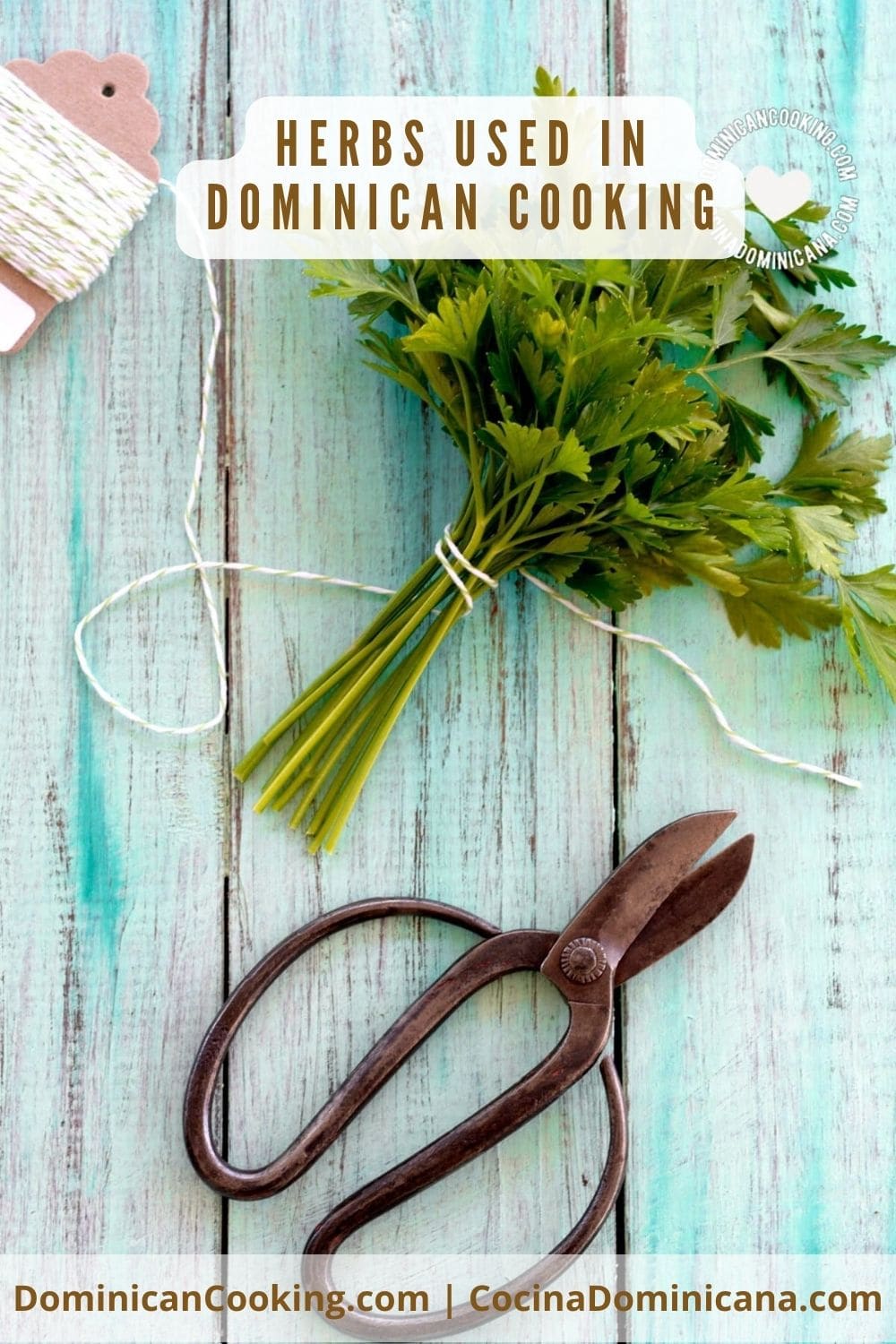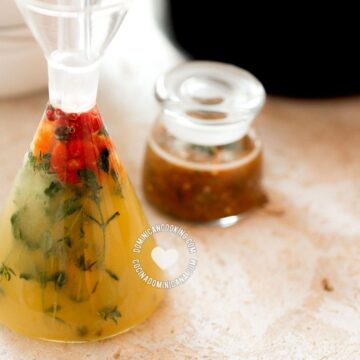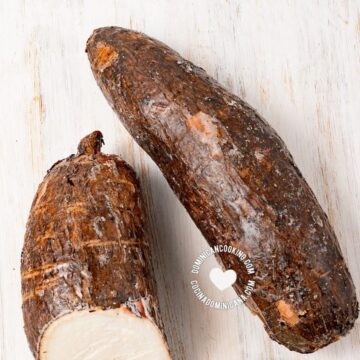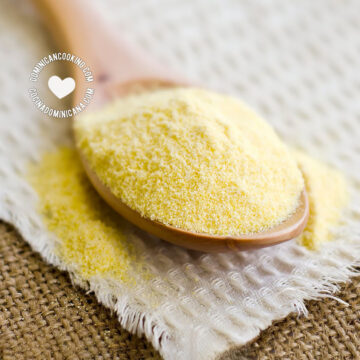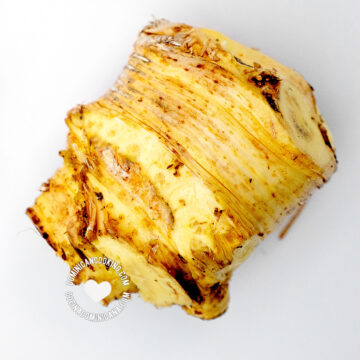Herbs and spices define the taste and identity of a country's cuisine, so let's explore the most popular herbs used in Dominican cooking. Some will be very familiar outside of our country, and others may not. Here we'll teach you everything you need to know about each of these.
By - Last reviewed . Published Mar 22, 2012
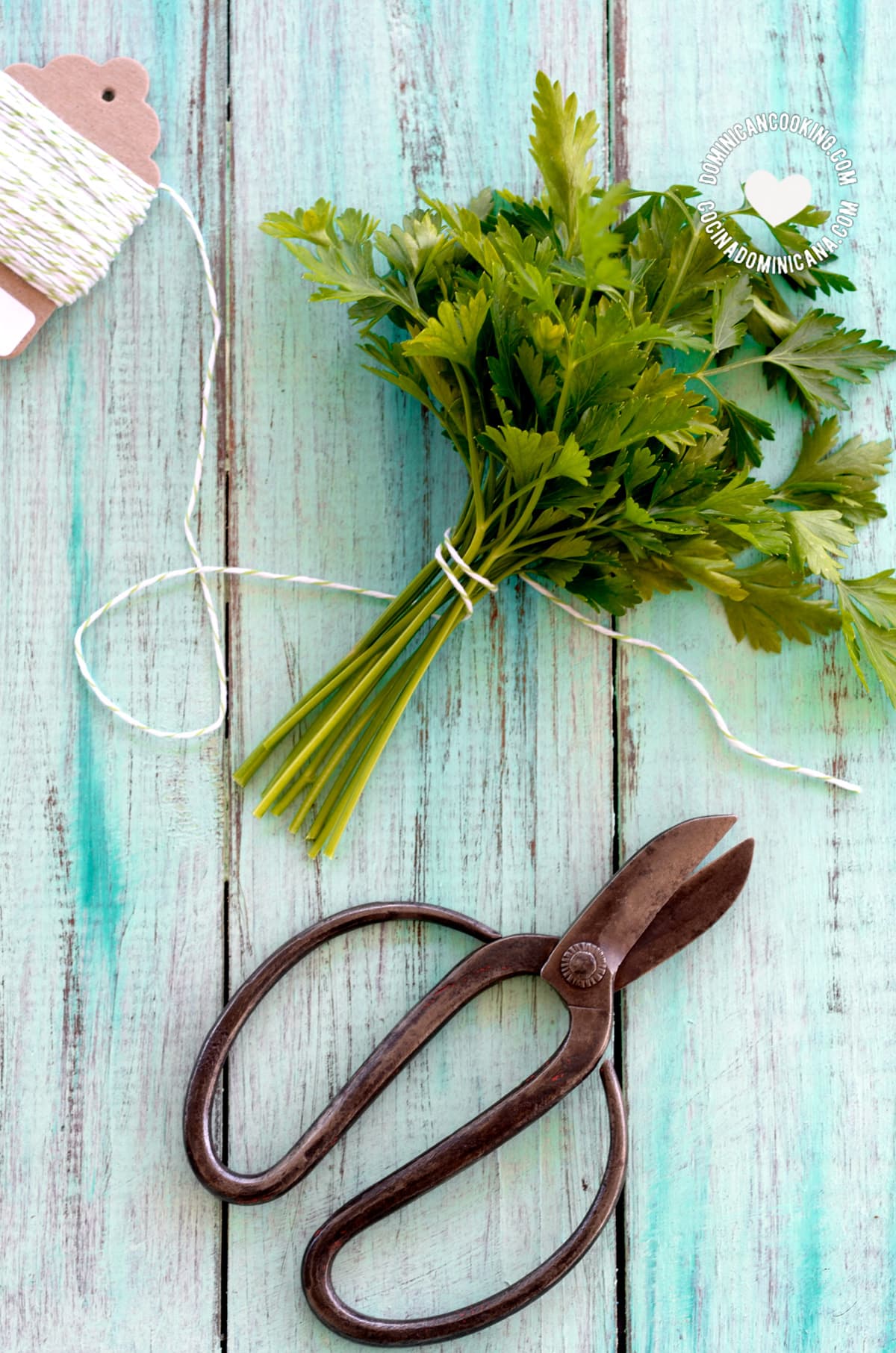
Some herbs that give Dominican food its distinctive flavors will be more familiar than others to readers from outside the country. In some cases, like oregano and lemongrass, a familiar herb will be used in a different way.
You can also read our article about Dominican spices to learn more about our flavors.
These are the best-known and most popular Dominican herbs:
Cilantro
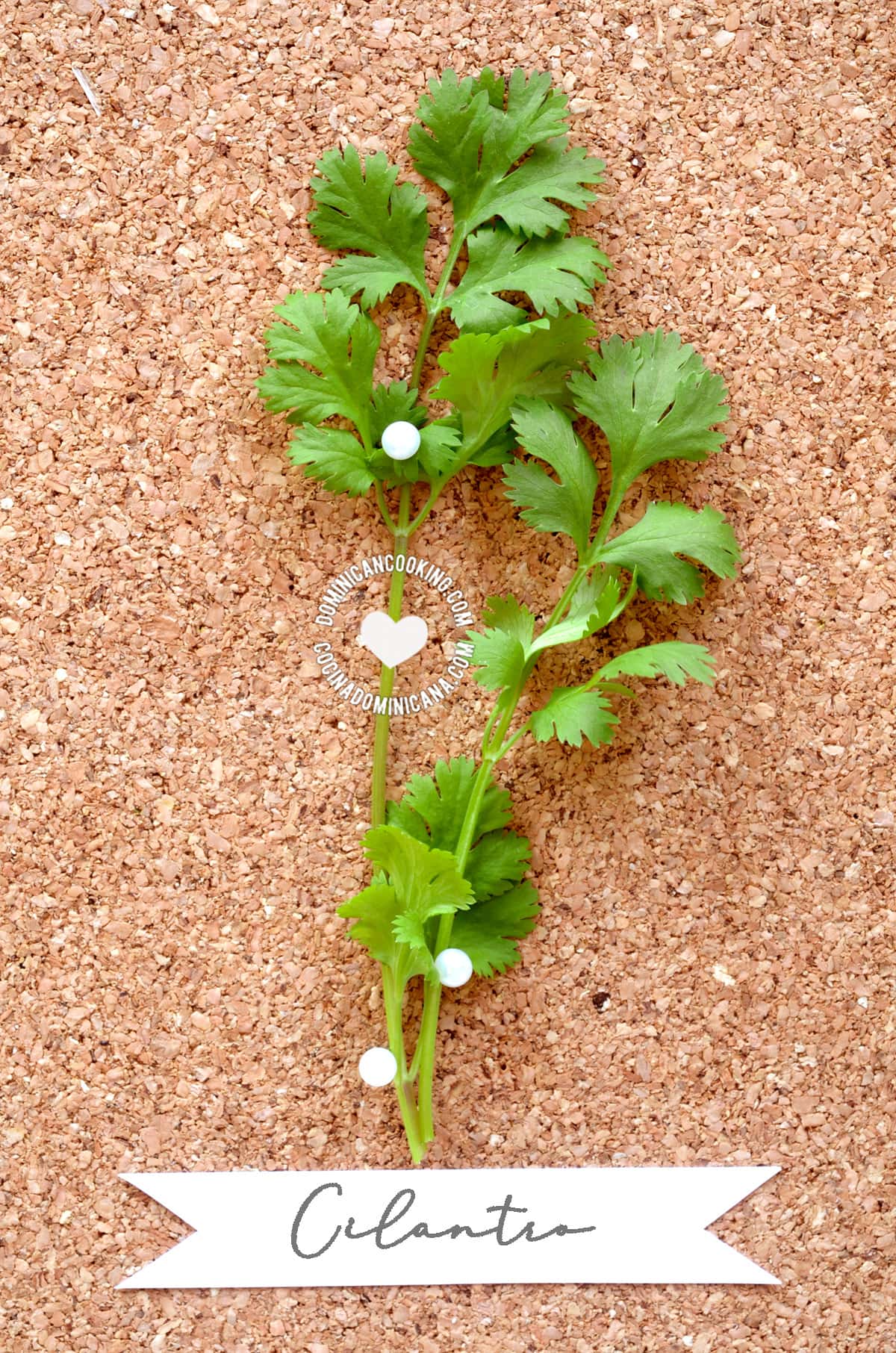
Cilantro or cilantrico (Coriandrum sativum) is known as cilantro as well as coriander in English – Americans say cilantro leaves, while in Britain it is labelled fresh coriander or coriander leaves. This differentiates the fresh herb from ground coriander or coriander seeds - common ingredients in Indian cooking. Cilantro/coriander also used to be called "Chinese parsley”, but this has fallen into disuse.
Alternative words for cilantrico in the DR include recaíto and verdurita.
Recipes that typically use cilantro/coriander include rice and beans dishes, legumes, soups, fish, and seafood dishes.
Cilantro ancho
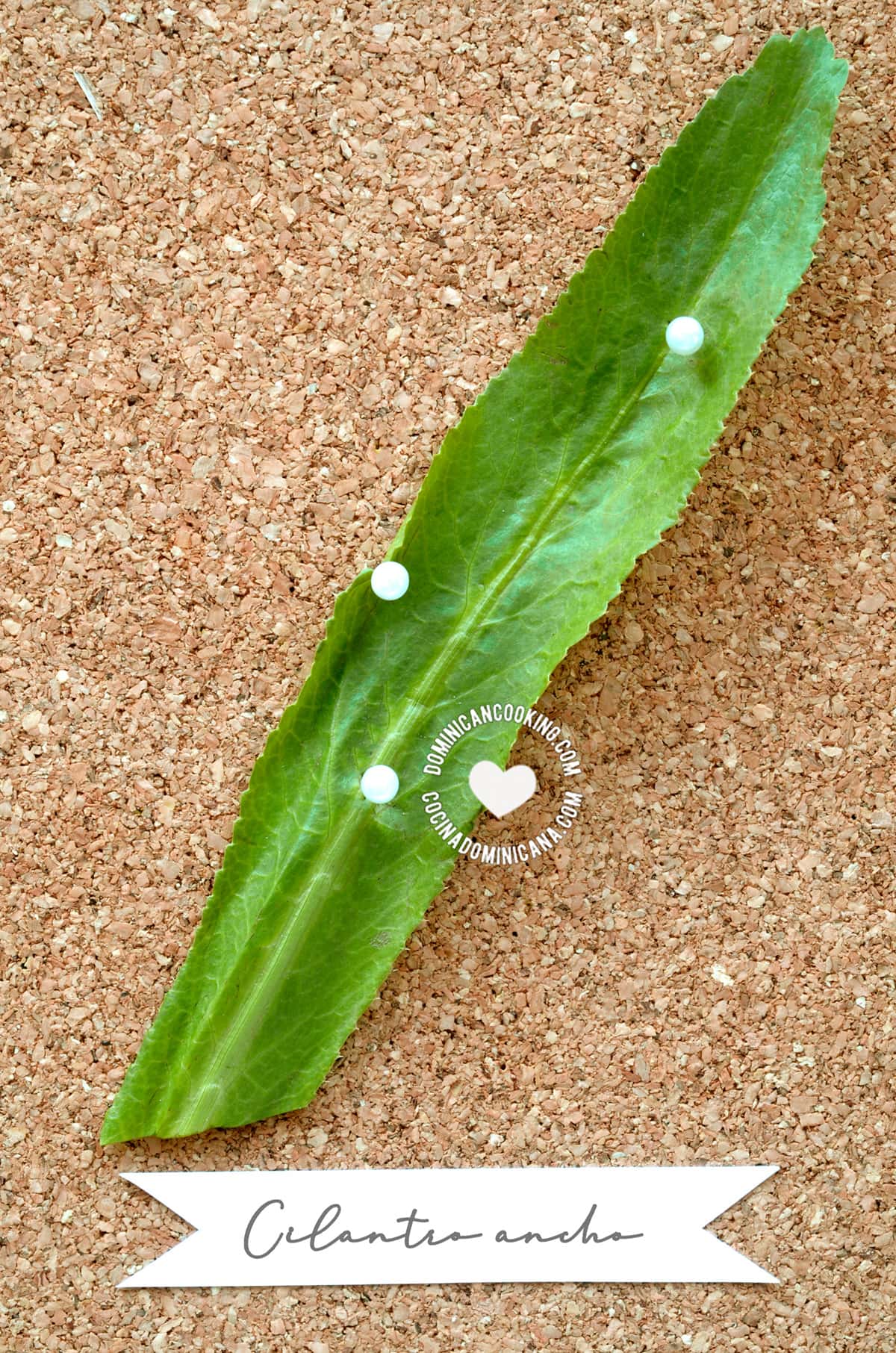
Cilantro ancho (Eryngium foetidum) is not as well known outside the region. In English and other Spanish-speaking countries, it is often called culantro. Although botanically unrelated, its taste is like a more pungent version of cilantro/coriander.
Its names in the English-speaking Caribbean are all variations on the Hindi bandhania, a name brought over by East Indian migrants to the Caribbean islands (although the herb itself is native to the Americas). In Puerto Rico, it’s called recao, which goes some way to explain why cilantro/coriander is sometimes called recaito in the DR. It is also known own as culantro and cilantro macho in PR.
Its other names include long, wild, or Mexican coriander, fitweed, spiritweed, duck-tongue herb, sawtooth or sawleaf herb, and sawtooth coriander.
Cilantro ancho is usually an ingredient for flavoring Dominican sazón, the base of many a Dominican dish.
Perejil
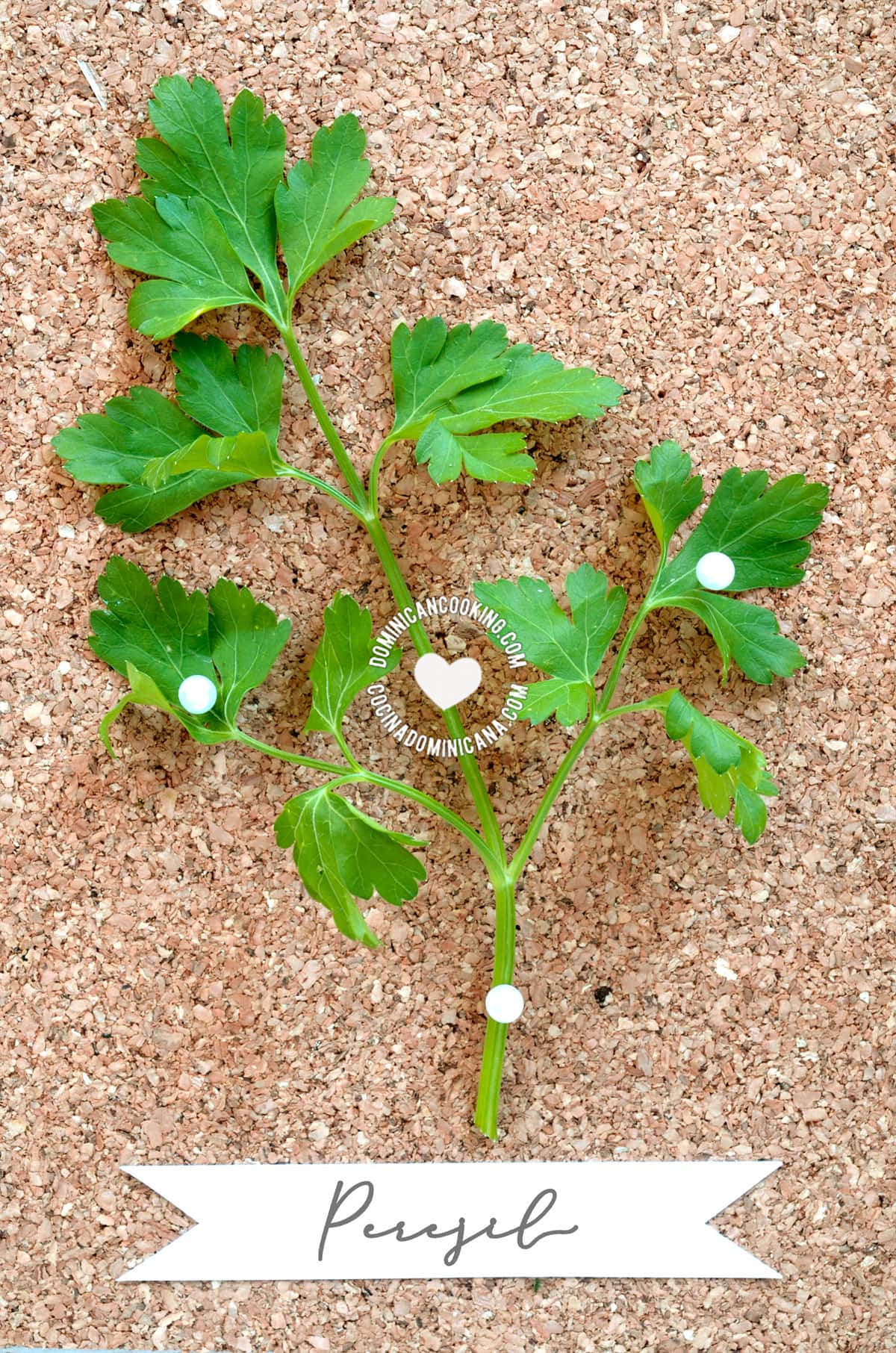
Parsley (Petroselinum hortense) is called perejil in Spanish. The name also has uncomfortable connotations in the DR and was used as a shibboleth during a dark period of our history.
Parsley is known to many Dominicans as verdura, and it is a main ingredient of tipili, the Dominican (mint-free) version of Lebanese tabbouleh. It is also used in rice dishes, legumes, and stews.
Perejil rizado
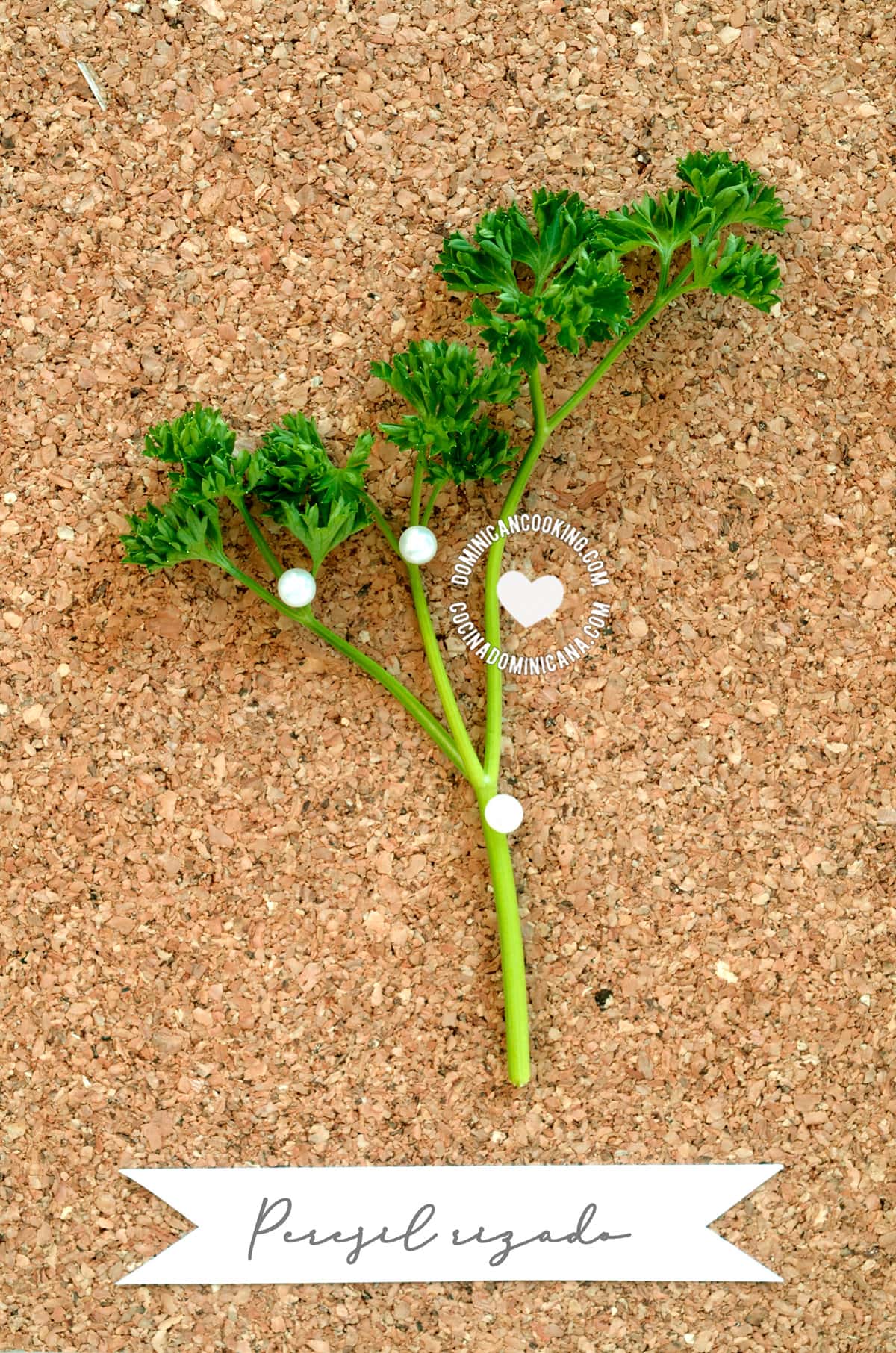
Both flat-leaf (or Italian) parsley and curly-leaf parsley are widely available in the Dominican Republic, but flat parsley is more popular.
Curly-leaf parsley is not as flavorful but makes for attractive garnishes.
Ditén
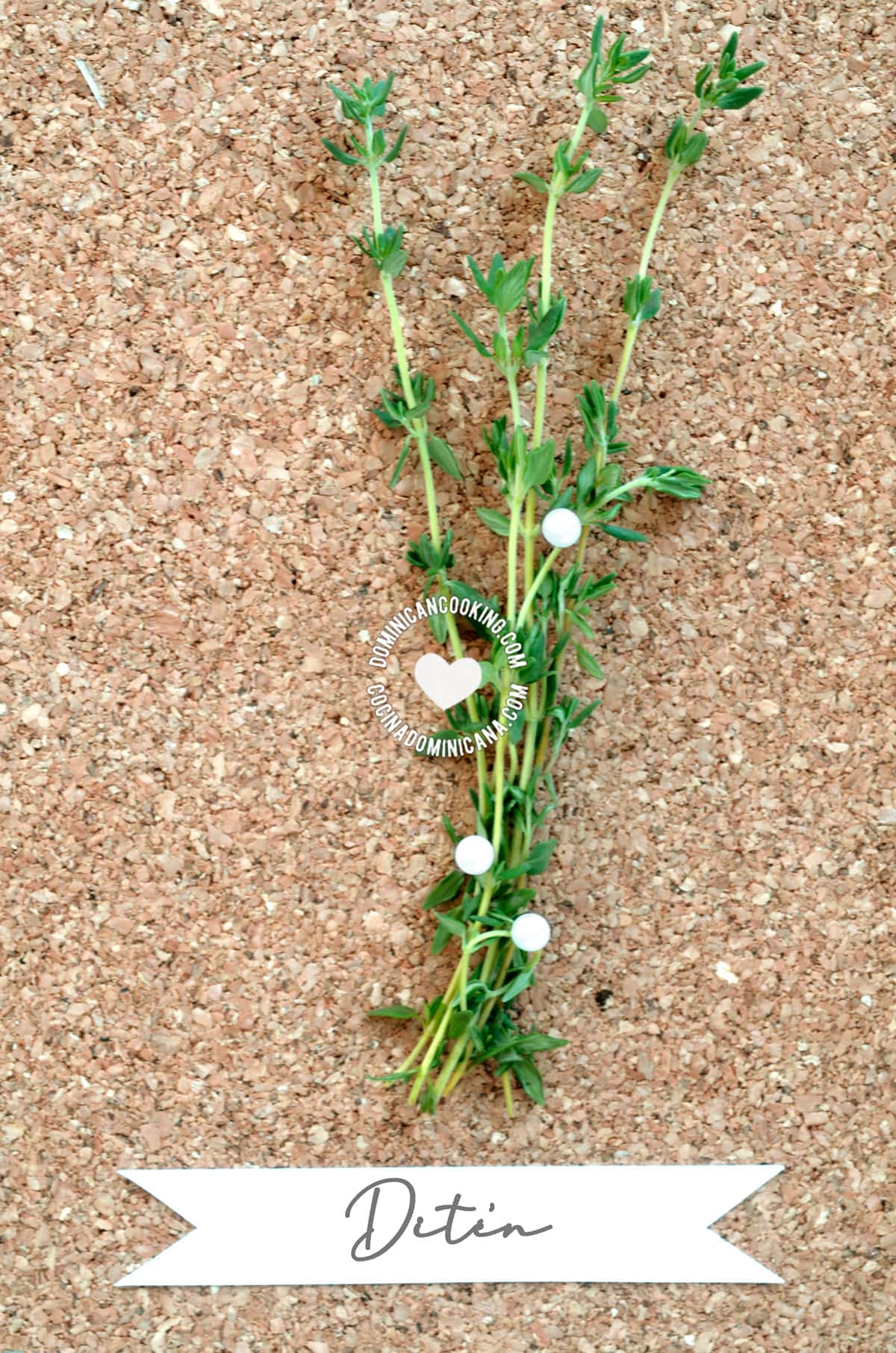
Thyme (Thymus mongolicus) is known as tomillo (the conventional Spanish word) or ditén (a word of Haitian Creole origin). In La Línea – the northwestern provinces, where Tía Clara is from – it is a common addition to stews and a must-have in beans and legumes.
Thyme may be found in bean dishes and sancocho.
Orégano

Oregano (Origanum vulgare) is called the same thing in both English and Spanish. It’s one of the most commonly used herbs in Dominican cooking. Unlike most other herbs, oregano leaves have a stronger flavor when dried than fresh. Yet, curiously, oregano in Dominican kitchens tends to be ground to a powder, producing a slightly different and quite distinctive flavor.
Lovers of Italian food will recognize dried oregano leaves as a standard seasoning for tomato sauces and pizza. Still, my Dominican mother-in-law maintained that it doesn’t go well with tomato.
Used mainly in beef dishes and as an ingredient of sofrito, Oregano is also said to give Montecristi goat meat an extra tasty flavor as the goats graze on wild oregano bushes.
Apio
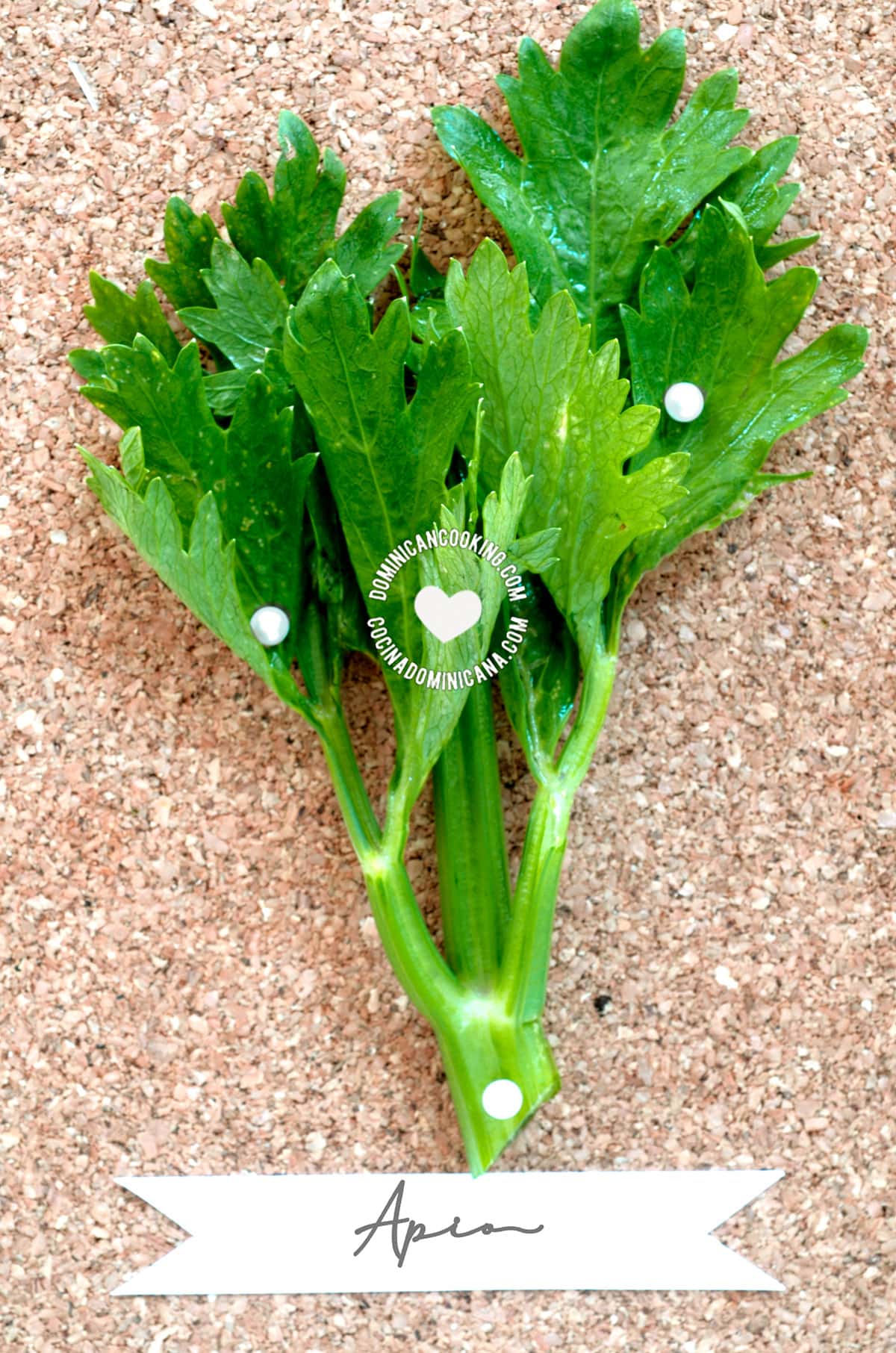
Celery (Apium graveolens) is called apio in Spanish. It’s not a herb in the conventional sense, but while the stalks are used as vegetables, the leaves are used for flavoring soups and stews.
Incidentally, not many people know that botanically speaking, at least, the banana ‘tree’ is also a herb - the banana tree is the world’s largest herbaceous plant.
Puerrito
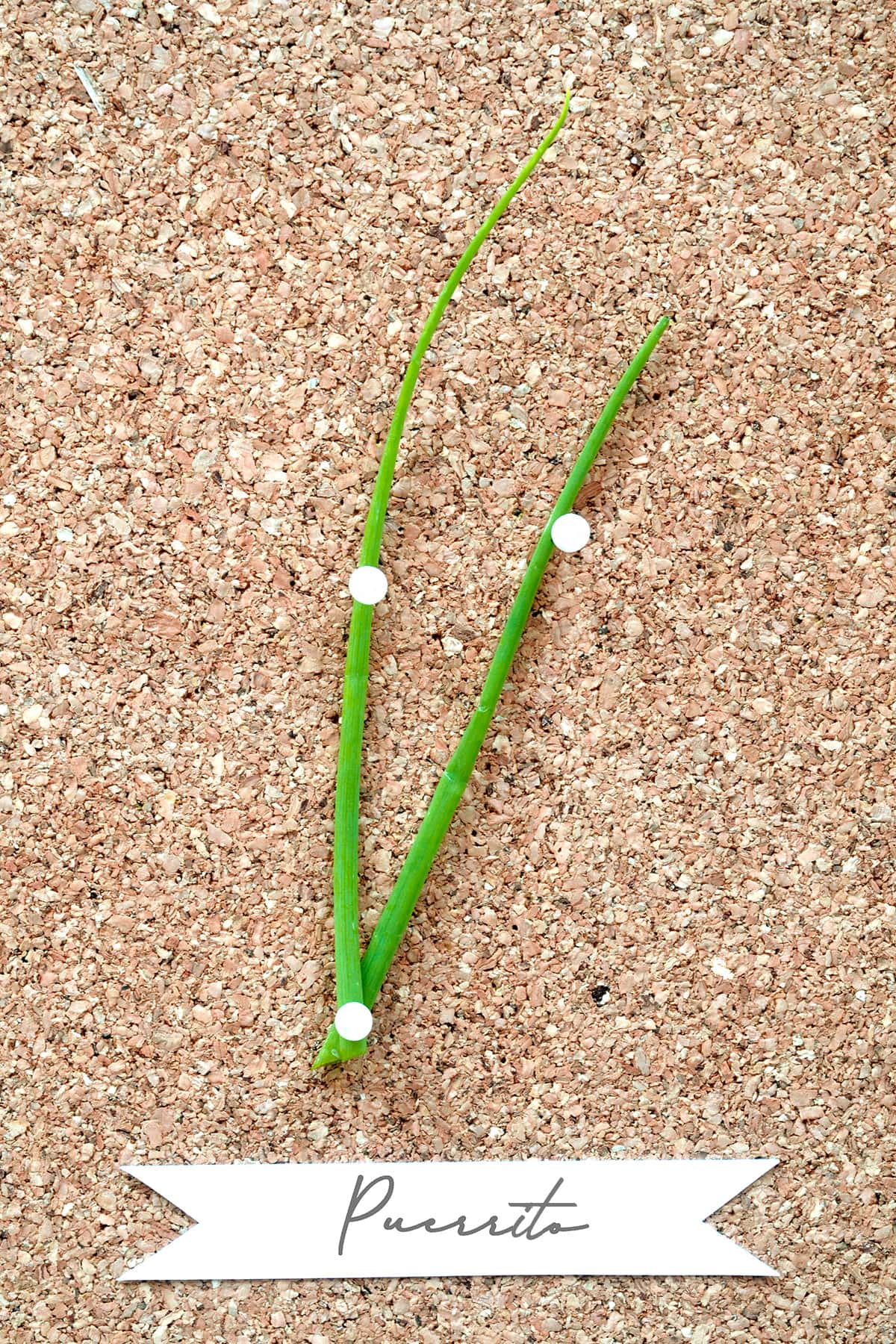
Chives (Allium schoenoprasum), the smallest members of the onion family, is called puerrito in the DR. Other Spanish names are cebollín and cebolleta, and an alternative name in the DR is puerro fino. These words are derived from puerro (leek) or cebolla (onion).
Despite being widely available, chives are not common features of Dominican fare. The only recipe that comes to mind that includes chives is chofán (Dominican chow fan). Puerro is used in aguají, our plantain soup.
Others
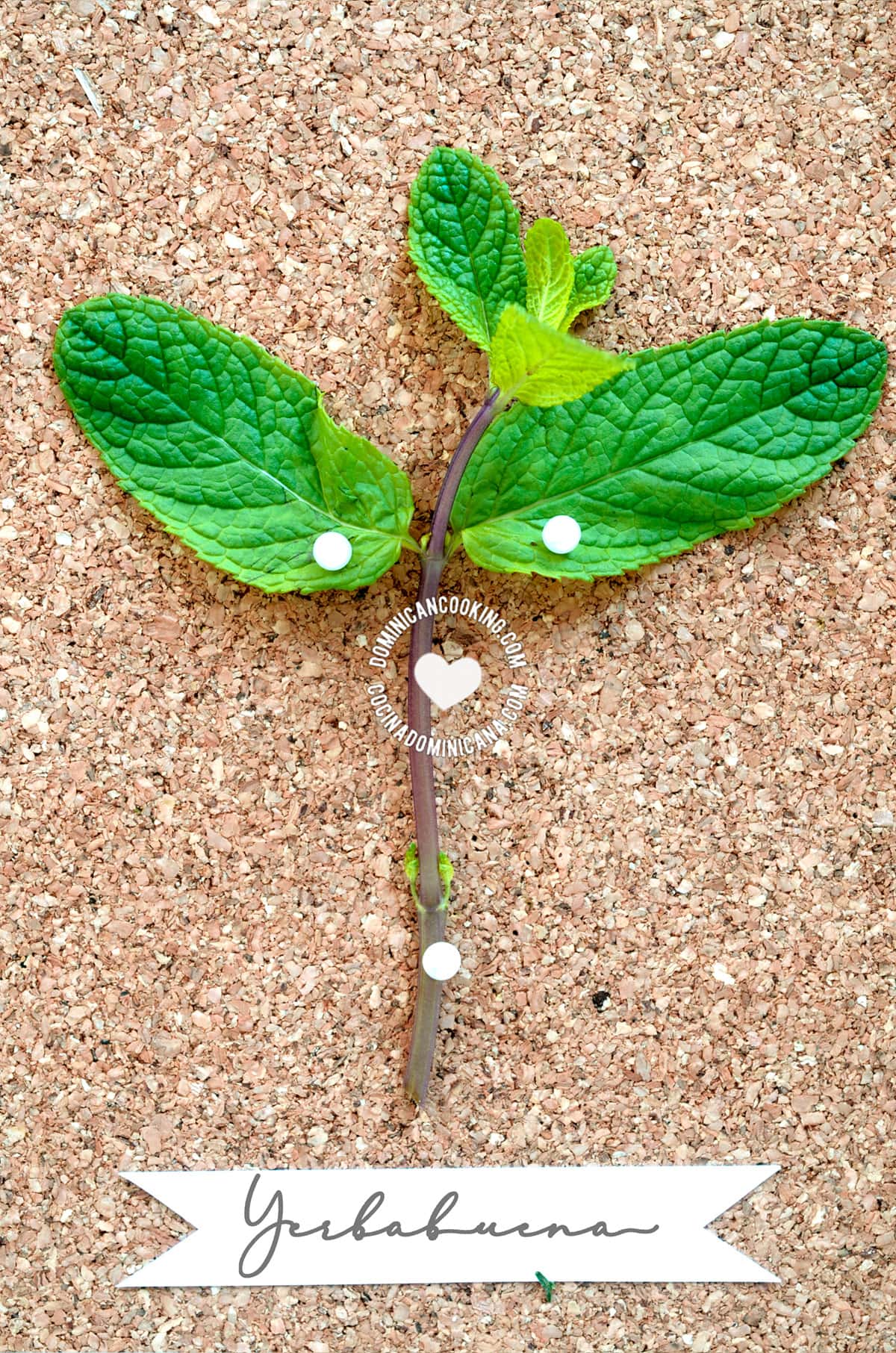
In the DR, mint - yerbabuena – the ‘good herb’ in Spanish – and lemongrass - limoncillo, are used in drinks only – herbal teas or tisanes, tisanas in Spanish.
Lemon grass (Cymbopogon nardus and Cymbopogon winterianus) will be familiar to lovers of Thai food, and mint (Mentha × piperita) is popular in the Middle East and North Africa as an ingredient in many sweet and savory dishes as well as in mint tea.
Notes
In this article, we use the term herb in the culinary, as opposed to the botanical sense. In culinary terms, a herb is defined as any plant "with leaves, seeds, or flowers used for flavouring, food, medicine, or perfume" or parts of "such a plant as used in cooking".
Unlike speakers of US English, I pronounce the ‘h’ in the word herb.



